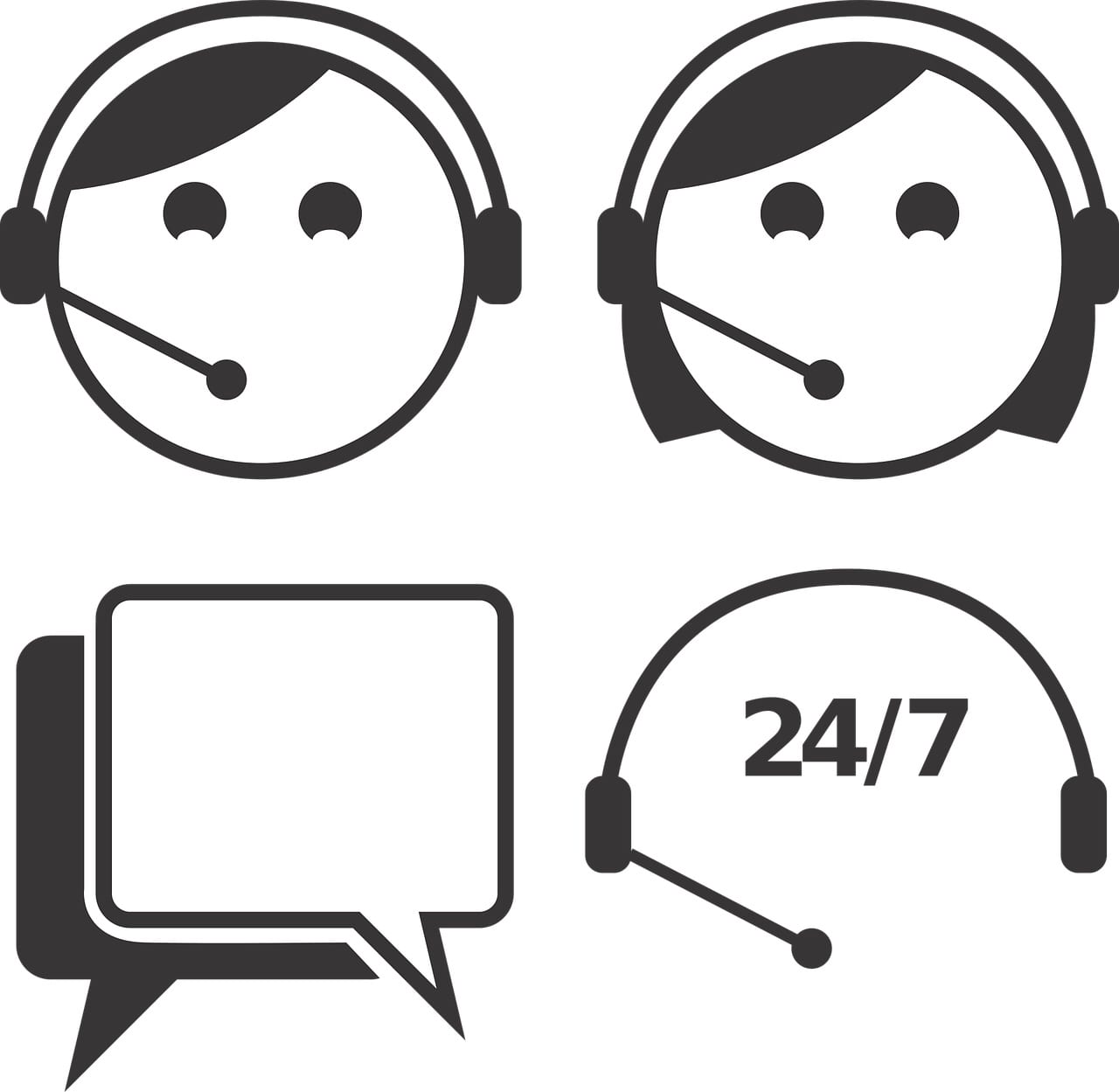Top Tips To Start An Online Business

Have A Unique Business Idea
The business idea is, of course, the starting point and the heart of every online business. Maybe you want to sell products, whether digital or real goods, but maybe you also want to offer services. To develop a viable business idea is, in any case, the basis of your business success. As well as a unique idea, you should develop a clear strategy early on.
Always Remember Your Target Audience
If you do not think of a specific design concept for your online business, think about what your target group is. In the end, customers should immediately realize that they are on the right track with what they are looking for.
Also, the emotions of your visitors should be addressed. If your clothing store is aimed at women under 25, it makes sense to show fashionable and chic clothes. This is how the visitors understand that they have landed right with you.
Find A Domain Name
If you want to open an online shop, you need a good, memorable domain name. The most important rule here is that short domains are better than long. You can remember them better, and there are fewer ways to mistype.
Choose The Right Merchandise Management
What is often overlooked by many, is the right choice of inventory management. With increasing sales, many online shops often fail due to improper storage and bookkeeping. That is why it is important to ensure that you work with good software for inventory management right from the start. LFORM can help you get started with creating the most suitable website for your business.
Choose A Memorable Brand Logo
The image of a company is crucial to its success, as it is a reflection of how your brand is different from the others. Therefore, it is a high priority that the company image is in the header of the page and is easily recognizable. One thing is for sure – you have to spend your money on a good logo design because the logo quality can say a lot about your business. The same brand logo also needs to be disseminated through your social media channels. Your customers need to be 100% sure that they have really come to your site.
Choose The Right Payment Methods
On the subject of payment methods, in general, PayPal is a standard payment method that very popular with online retailers. Often, however, sales potentials are lost due to missing payment methods. You, therefore, need to analyze your target audience closely to determine which payment methods are needed. If, for example, you have an online shop with a target group from the middle to upper class with a high income, aim to offer a credit card payment method that doesn’t require the customer to leave your website.
If the online shop targets a target group with a rather low income, then you can probably do without the credit card. The age structure of the target group also plays a major role in the preferences of the payment method. Therefore, an in-depth analysis of the target group is an essential prerequisite here.
Find A Suitable Storage Place
Your business will require a suitable storage area, that is not your living room. This includes a warehouse with equipment such as a packing table, product storage shelves, hand truck, pallet trucks, shelving for shipping utensils, barcode scanners and so on.
Find A Professional Photographer
Good product pictures and descriptions are indispensable. The aim is to convince customers that your products are a top quality which will result in a purchase. This is when you should be honest and ask yourself if you are a gifted as a photographer so that you can do the job yourself. If the answer is no, find some assistance.
Offer Multiple shipping methods
So, once you’ve set the general structure, products, and prices, it’s time to think about shipping. Usually, a standard shipping method offers variants such as standard of express shipping. The standard shipping should, however, bring no additional costs, since this can deter a customer and in the worst case, can even lead them to abandon the cart.
In addition to the choice of shipping, you should also give buyers the opportunity to determine their preferred parcel delivery service. This is important to consumers and is a definite advantage over the competition.
Have An Effective Advertising Plan
An online business can only succeed if the world knows about it, so advertise wherever possible. Also, you can use social networks like Facebook or Instagram. Implementing a successful advertising plan and giving time, effort and thought into ensuring you have an effective strategy is vital to the success of any business.
Your Website Should Be User-Friendly
Experienced e-commerce business owners understand very well that website and web design alone are not very crucial. With today’s rivalry, you can only win with the help of a well-thought-out strategy. The usability of your site guarantees that your customers will have positive experiences with it.
A clear menu, a contrasting color palette, a small selection of main categories and a clear number of sub-categories. If is efficiently implemented, your visitors will understand at lightning speed whether the online shop looks attractive or not. It’s a lot faster than a regular shop – the distance between you and your competitors is just a few clicks away.
If the potential customer comes to your online shop, they must be able to access the desired product with a maximum of 2 clicks. If your customers have positive experiences after visiting your website, you are already ahead of your competitors by a few nose-lengths.
Analyze Your Competitors
Take a look at the pages of potential competitors. See what they are doing differently, so you can do better. Pay close attention to details that you find to be poorly implemented so you can learn from the mistakes of others and perform them better or differently.
This puts you one step ahead of your competitors. For example, develop an extraordinary concept or score points with particularly extensive customer service. When you exploit the unique potential of your online store, this will bring the decisive advantages.
Conclusion
For more way’s to make money online, check out this helpful guide.

 Being able to communicate effectively is one of the most important skills you need to have as a business owner. Every element of what you do is based on some form of communication, whether it’s with suppliers, staff or customers. Communication takes many different forms as well, including face to face, letter, email, phone call, video link, text messaging and collaborative online groups. Mastering the skills to be effective in all these formats and with a diverse range of people can be a challenge, as they all require a different approach to work well. Examining the communications generated by your business is well worth your time, and improving both your own and your team’s communication skills will have a significant impact on your success.
Being able to communicate effectively is one of the most important skills you need to have as a business owner. Every element of what you do is based on some form of communication, whether it’s with suppliers, staff or customers. Communication takes many different forms as well, including face to face, letter, email, phone call, video link, text messaging and collaborative online groups. Mastering the skills to be effective in all these formats and with a diverse range of people can be a challenge, as they all require a different approach to work well. Examining the communications generated by your business is well worth your time, and improving both your own and your team’s communication skills will have a significant impact on your success. If you’re investing your company’s time and resources into blogging, social media, video content and other forms of content marketing, you will almost certainly need to have some form of strategy. Otherwise, it can feel like you are creating content just for the sake of it. With that in mind, let’s take a look at six ways you can give your content marketing a boost and get the results that your business needs to be a success:
If you’re investing your company’s time and resources into blogging, social media, video content and other forms of content marketing, you will almost certainly need to have some form of strategy. Otherwise, it can feel like you are creating content just for the sake of it. With that in mind, let’s take a look at six ways you can give your content marketing a boost and get the results that your business needs to be a success: The Internet has made it easier than ever for budding entrepreneurs to start a business, but the nuances of “being online” can be confusing. If you’ve recently launched a startup, the first thing you’ll want to do is create a professional online presence, so people know who you are, what you do and how to reach you. Whether or not you intend to sell your products or services online, it doesn’t matter; you still need a website and some active social media profiles for your business to grow. With this in mind, here’s how to build an online presence for your startup business in five easy steps.
The Internet has made it easier than ever for budding entrepreneurs to start a business, but the nuances of “being online” can be confusing. If you’ve recently launched a startup, the first thing you’ll want to do is create a professional online presence, so people know who you are, what you do and how to reach you. Whether or not you intend to sell your products or services online, it doesn’t matter; you still need a website and some active social media profiles for your business to grow. With this in mind, here’s how to build an online presence for your startup business in five easy steps.

